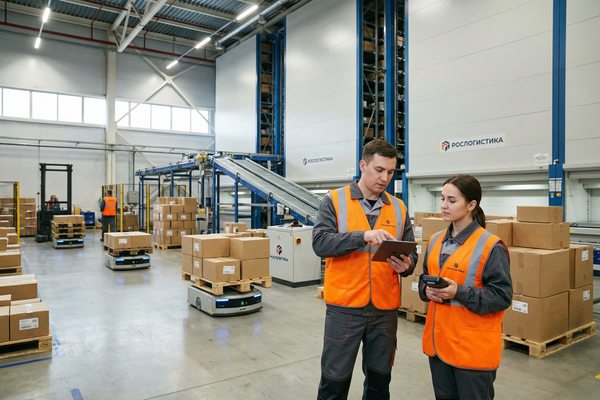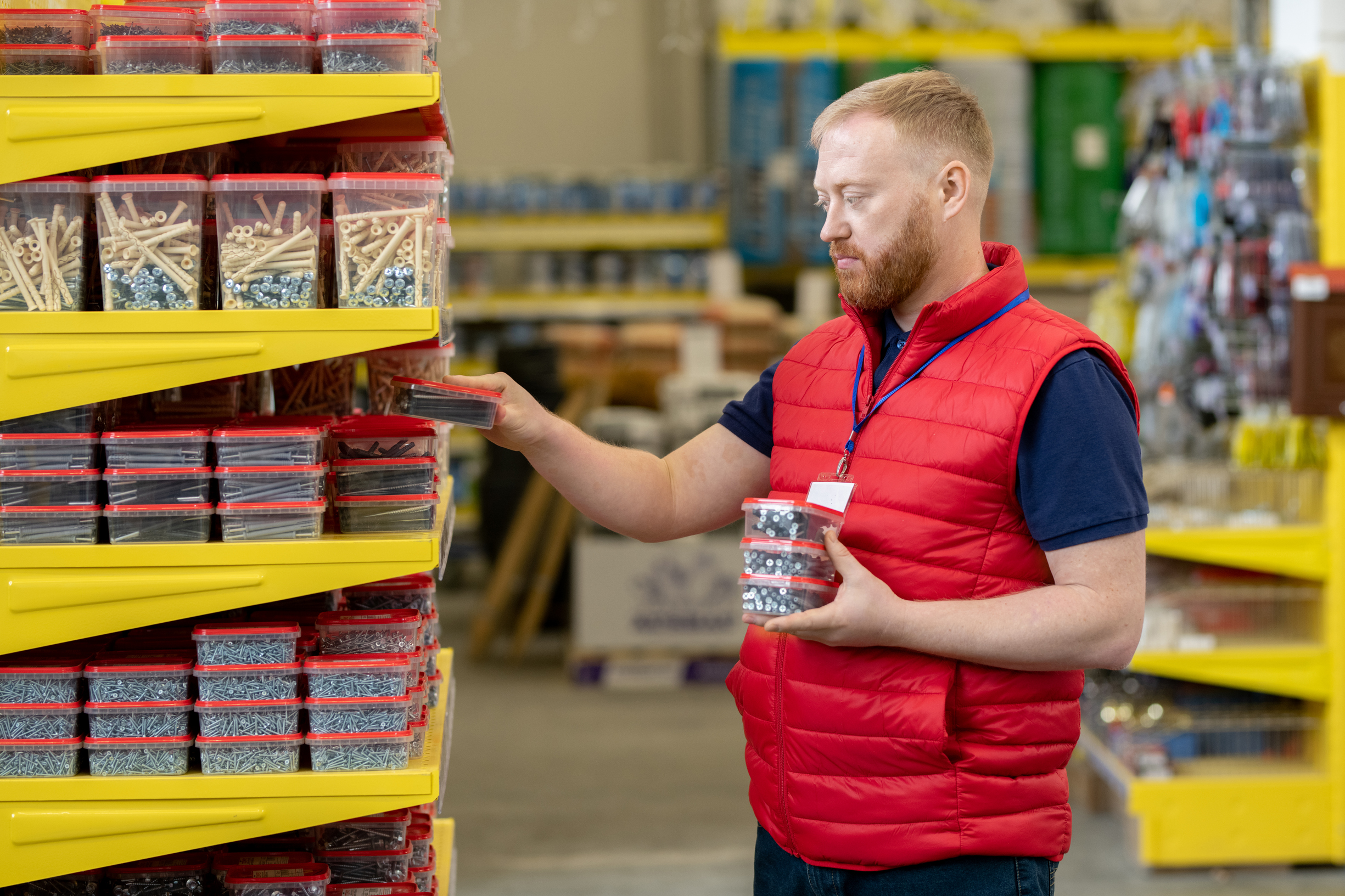GRADUS and dairy producer increased their point of sale coverage and sales growth thanks to a new merchandising strategy.
How to increase sales with merchandising
Task
Cause
The GRADUS team conducted a thorough analysis of the current state of outlet coverage and the efficiency of merchandiser routes. First, data was collected on the current outlet coverage, service time and merchandiser efficiency. Then, an analysis was conducted to identify bottlenecks and areas for improvement using statistical analysis and data visualization methods. Key issues such as inefficient routes, uneven distribution of outlets and lack of motivation among staff were identified.
Based on the analysis, a plan was developed to optimize routes and increase outlet coverage. Outlets were divided into priority groups based on potential sales volume and geographic location. For each group of outlets, individual routes were developed taking into account the logistic features and capabilities of merchandisers. Seasonal fluctuations in demand and time constraints such as opening hours of outlets were taken into account in the route planning.
To improve route efficiency, changes were made to merchandiser routes to minimize travel time and maximize time spent in outlets. Specialized programs for route planning were used. Flexible work schedules for merchandisers were introduced, which allowed for more efficient distribution of their efforts depending on the needs of various retail outlets. At the first stage, pilot projects were launched in several regions to test new routes and make the necessary adjustments.
A real-time monitoring system was introduced to control the execution of tasks and evaluate the efficiency of merchandisers. Merchandisers were equipped with GPS trackers to track their movements and the time of visits to retail outlets. Mobile applications for merchandisers were introduced, allowing for the prompt transfer of data on task completion and the status of retail outlets. Analytical dashboards for managers were developed, providing visualized data on the work of merchandisers and the efficiency of routes.
To improve the skills and motivation of merchandisers, trainings were conducted on the effective presentation of products, interaction with retail outlets and the use of mobile applications. A motivation system was introduced, including bonuses for achieving key performance indicators (KPI), such as increased outlet coverage and sales growth. Regular feedback with merchandisers was organized to identify and eliminate problems on the spot. Regular monitoring and analysis of results allowed for timely adjustments to the strategy. Monthly reports allowed for tracking dynamics and making the necessary changes to achieve the set goals.
Result
- Increased coverage of retail outlets. Over five months of cooperation, the coverage of retail outlets has grown from 57% to 95%. In some regions, such as MiMO and Nizhny Novgorod Oblast, coverage rates have reached 100%;
- Sales growth. Compared to 2023, sales have increased by 10%. This was made possible by improved merchandising, active work with assortment matrices and product placement at additional points of sale;
- Increased product representation. In large chains in Moscow, the number of product faces in the "Cottage Cheese" category has doubled, which has significantly increased brand recognition;
- Strengthening market positions. Improved merchandising and increased coverage of retail outlets contributed to increased customer loyalty and a stronger brand position in the market.






